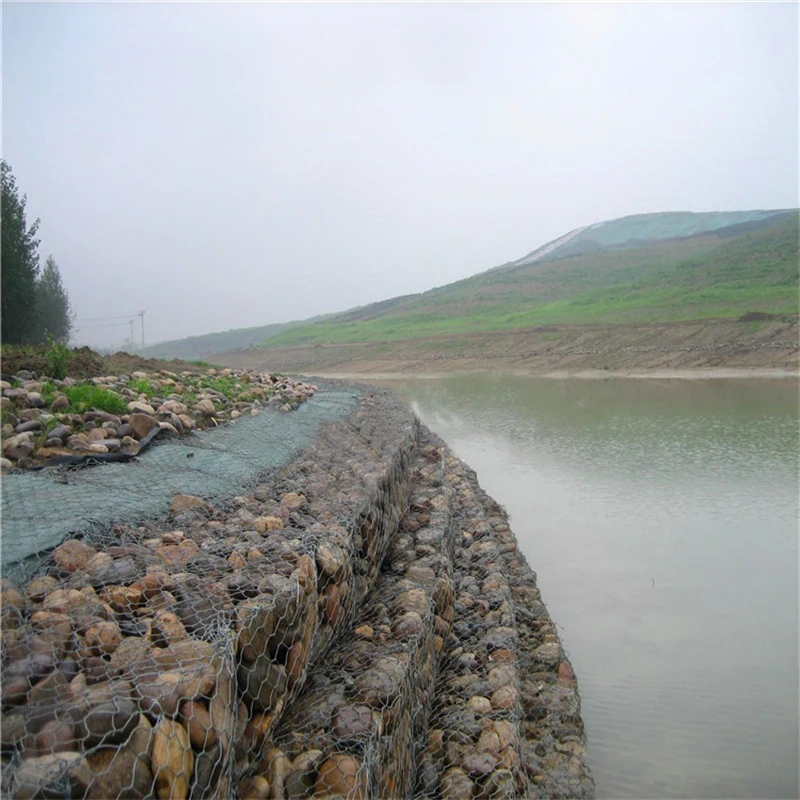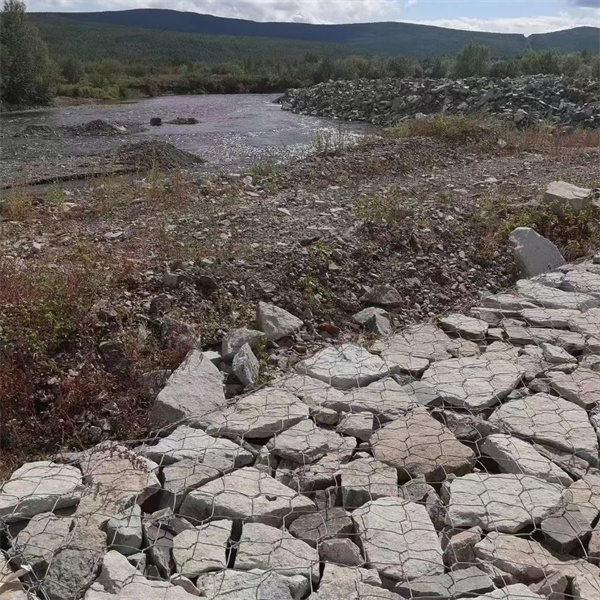फेब . 13, 2025 04:05 Back to list
Galfan Coating Hexagonal Wire Gabions for retaining wall
Gabion walls are an increasingly popular solution in various construction and landscape projects, providing not only functional benefits but also aesthetic value. These modular structures, composed of stone-filled wire mesh boxes, serve purposes that extend far beyond traditional retaining walls. Unlike many other construction materials, gabion walls offer a unique blend of durability, flexibility, and environmental integration, making them an excellent choice for both engineers and landscape architects.
In addition to their visual and environmental benefits, gabion walls offer a high level of durability. The combination of galvanized steel wire and robust stone fill ensures resistance to weathering and structural stress. Unlike conventional concrete walls, gabion walls are less susceptible to damage from freeze-thaw cycles or chemical aggression, ensuring a longer lifespan with minimal maintenance. This resilience provides peace of mind for property owners and developers, knowing that their investment will stand the test of time. Crucially, gabion walls contribute to biodiversity and wildlife preservation. The porous nature of the constructions offers habitats for various small animals and insects, promoting ecological balance. In urban settings, this can translate into small pockets of biodiversity, enhancing the quality of green spaces and contributing to the overall health of local ecosystems. Considered from a health and safety perspective, gabion walls also reduce risk factors associated with construction and maintenance. Their assembly does not require heavy machinery, lowering the risk of accidents and injuries on-site. Additionally, the modular design means that extensions or repairs can be carried out with minimal disruption, which is beneficial in populated or delicate environments. In conclusion, the purpose of incorporating gabion walls in projects goes beyond mere construction utility. Their roles in erosion control, slope stabilization, and sustainable design, combined with their aesthetic and ecological benefits, position gabion walls as a multi-functional and reliable solution in modern architecture and landscaping. By delivering on functionality and environmental integration, gabion walls underscore the move towards sustainable and resilient construction practices that are essential in today’s world.


In addition to their visual and environmental benefits, gabion walls offer a high level of durability. The combination of galvanized steel wire and robust stone fill ensures resistance to weathering and structural stress. Unlike conventional concrete walls, gabion walls are less susceptible to damage from freeze-thaw cycles or chemical aggression, ensuring a longer lifespan with minimal maintenance. This resilience provides peace of mind for property owners and developers, knowing that their investment will stand the test of time. Crucially, gabion walls contribute to biodiversity and wildlife preservation. The porous nature of the constructions offers habitats for various small animals and insects, promoting ecological balance. In urban settings, this can translate into small pockets of biodiversity, enhancing the quality of green spaces and contributing to the overall health of local ecosystems. Considered from a health and safety perspective, gabion walls also reduce risk factors associated with construction and maintenance. Their assembly does not require heavy machinery, lowering the risk of accidents and injuries on-site. Additionally, the modular design means that extensions or repairs can be carried out with minimal disruption, which is beneficial in populated or delicate environments. In conclusion, the purpose of incorporating gabion walls in projects goes beyond mere construction utility. Their roles in erosion control, slope stabilization, and sustainable design, combined with their aesthetic and ecological benefits, position gabion walls as a multi-functional and reliable solution in modern architecture and landscaping. By delivering on functionality and environmental integration, gabion walls underscore the move towards sustainable and resilient construction practices that are essential in today’s world.
Latest news
-
Wire Mesh Thickness Impact on Gabion Wall Load Bearing
NewsAug.12,2025
-
Ultimate Guide to Hexagonal Gabion Box
NewsAug.12,2025
-
Types of Rocks for Gabion Baskets Durability and Aesthetics
NewsAug.12,2025
-
Standard Gabion Box Sizes and Their Industrial Applications
NewsAug.12,2025
-
Easy Guide to Building Garden Gabion Cages at Home
NewsAug.12,2025
-
Drainage Solutions for Gabion Mesh Structures
NewsAug.12,2025
-
Visualizing Gabion 3D Integration in Urban Landscapes with Rendering
NewsJul.23,2025
Manufacturer of Silk Screen Products
QuanhuaProvide high-quality products and services to global customers.






